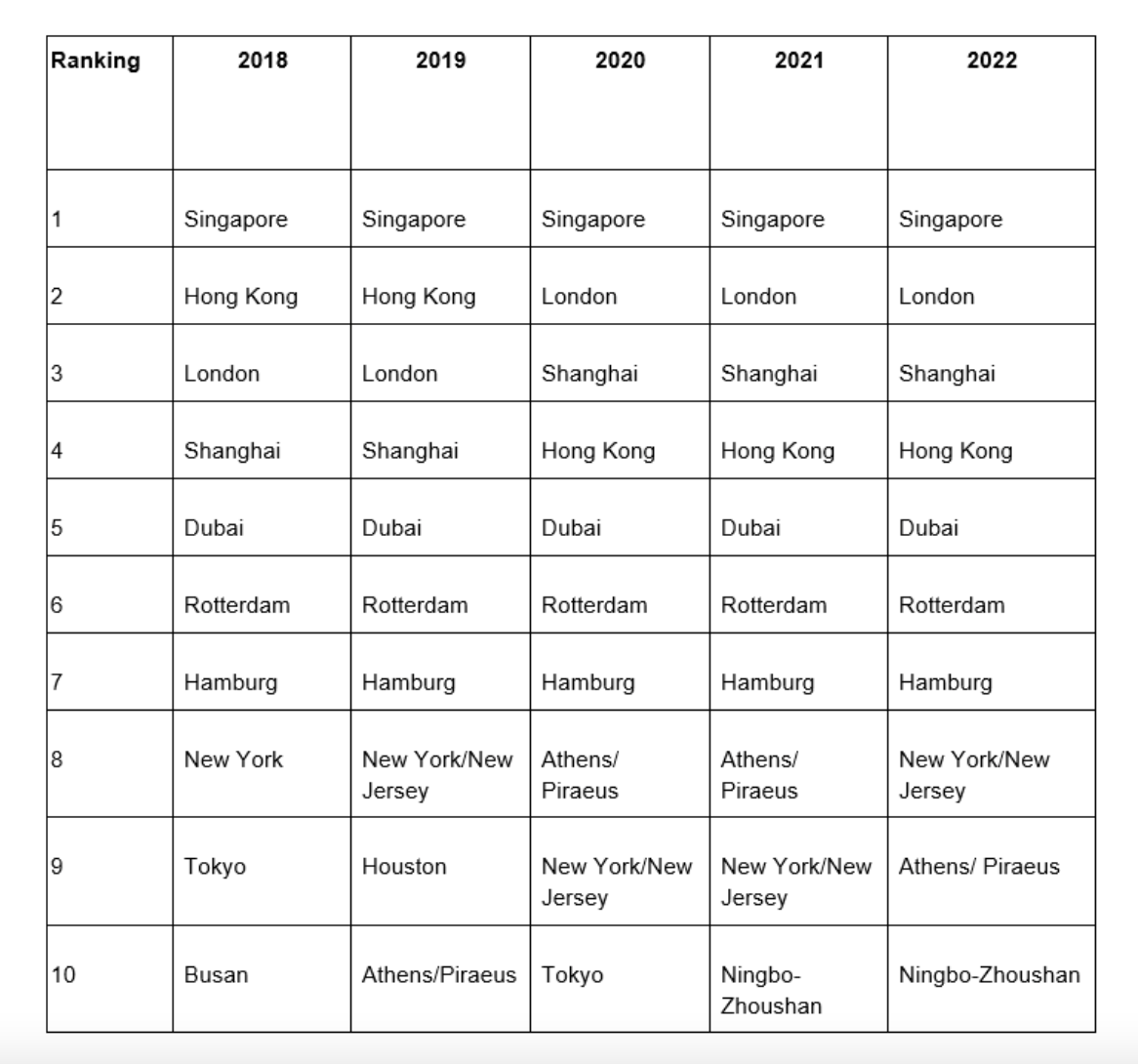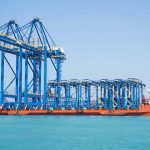Singapore retains its position as top shipping centre for the ninth year running in the Xinhua–Baltic index in a 10 top ranking that saw little movement apart New York/New Jersey benefitting from a surge in container volumes.
Into its ninth year the Xinhua-Baltic International Shipping Centre Development Index Report saw Singapore again taking the top slot, as it has done every year since its inception, with the city-state scoring 94.88 out of a possible 100 points.
Quah Ley Hoon, Chief Executive of the Maritime & Port Authority of Singapore (MPA), commented: “It is a reflection of the strong tripartite partnership with our partners, industry players, and unions in Maritime Singapore. During the pandemic, we are also reminded of the global nature of shipping and the need for close collaborations to address global challenges such as crew change.”
The top 10 rankings saw little change from 2021, London remained in second place with a score of 83.04 points out 100, and Shanghai in third 82.79 points. Rounding out the top five maintaining the fourth and fifth slots were Hong Kong and Dubai respectively.
In fact, the only change in the top 10 was New York/New Jersey moved up to eighth place pushing shipowning centre Athens/Piraeus down to ninth. The move up by New York/New Jersey was credited to higher container volumes re-routed from congested US West Coast ports in 2021.

The average score amongst the top 10 ports is 76.98 out of 100, with the average across the entire 43 rankings standing at 58.70.
Baltic Exchange Chief Executive Mark Jackson commented: “This report serves as a valuable reminder of how intrinsic shipping is to global trade and prosperity. It also illustrates that shipping does not exist in silos. The success of the maritime hubs included in the top ten list has for the most part been borne out of collaboration and synergies across different sectors of the shipping industry.”
The rankings consider port factors including cargo throughput, number of cranes, length of container berths and port draught; number of players in professional maritime support businesses such as shipbroking, ship management, ship financing, insurance and law as well as hull underwriting premiums; and general business environment factors such as customs tariffs, extent of electronic government services and logistics performance.
Source: Seatrade Maritime News






